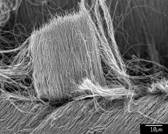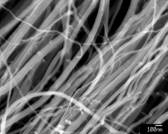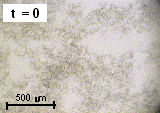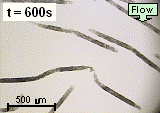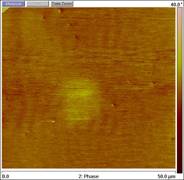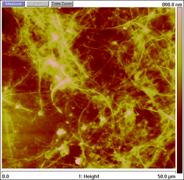 |
The Rheology, Microstructure and Film Processing of Carbon Nanotube Suspensions |
Introduction
| Anson's project was concerned with the rheology, microstructure, and film processing of different types of Carbon Nanotube (CNT) suspensions. CNTs, typically with a diameter of less than 100 nanometers and a length of several-hundred microns, belong to a relatively new class of fibrous nano-material. Because of their high mechanical strength, low density, high thermal and electrical conductivity, CNTs are being extensively researched and evaluated as polymer fillers. The key challenge is how to process this material that is in the form of powder, into macroscopic forms that are of practical use and with controlled properties. Project Objectives
|
SEM images of Multi-walled CNTs produced by the Department of Materials Science and Metallurgy at the University of Cambridge |
Rheology
The figure below shows the typical shear-thinning characteristic observed for CNT suspensions in a simple shear flow. Such behaviour was simulated using an aggregation/orientation model jointly developed with Prof. F. Chinesta of ENSAM Paris.
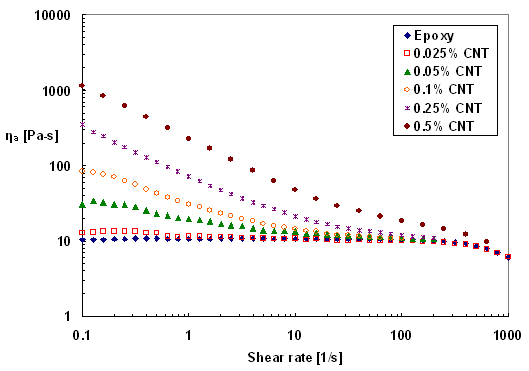 |
| The variation of the apparent viscosity of carbon nano tube suspensions of different weight percent with shear rate. |
Microstructure
Figures below show the quiescent optical texture of multi-walled CNTs suspended in epoxy at different concentration levels.
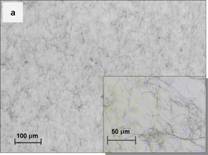 |
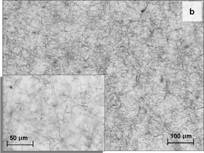 |
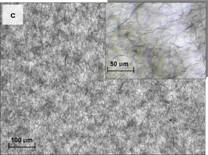 |
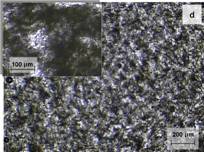 |
| (a) 0.025% CNT (b) 0.05% CNT (c) 0.1% CNT (d) 0.5% CNT | |
As a simple shear flow is applied to a CNT suspension (0.1%), its optical texture changes accordingly as shown below.
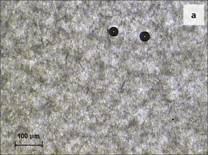 |
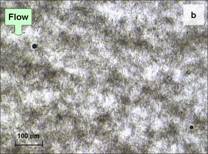 |
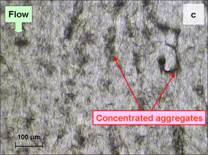 |
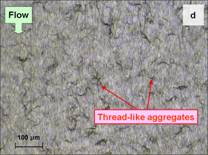 |
| 0.1% CNT suspension sheared at (a) 0 s-1 (b) 0.5 s-1 (c) 10 s-1 (d) 100 s-1 (with shear time in excess of 300s) | |
With appropriate flow conditions and suspending medium, a highly heterogeneous mesostructure can be formed. This mesostructure is also referred as the Mesoscopic Helical Filament (MHF). Interestingly, the formation of MHFs is analogous to the way in which cotton is spun into fibres.
|
Diffuse isotropic |
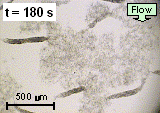 |
Helical Mesoscopic |
Film processing
CNT films were produced using the dip coating method. Their nanostructure was characterised by an Atomic Force Microscope (AFM) and selective etching.
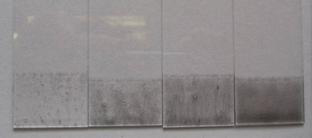 |
The figure on the left shows CNT films dip coated and withdrawn at different rates in the dip coating process. |
|
AFM image of CNT film |
AFM image of CNT film with |
Return to the main Alumni page


